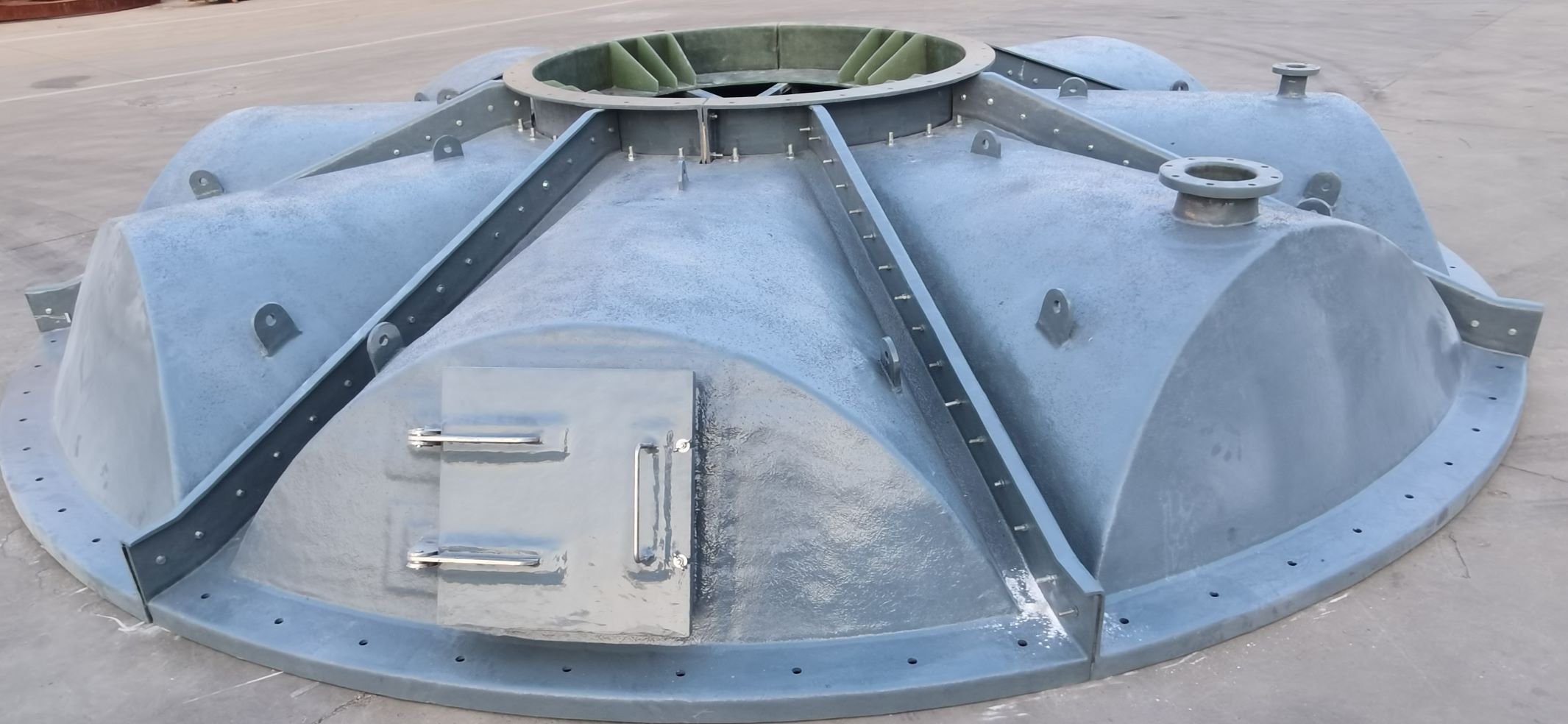
-
 Afrikaans
Afrikaans -
 Albanian
Albanian -
 Amharic
Amharic -
 Arabic
Arabic -
 Armenian
Armenian -
 Azerbaijani
Azerbaijani -
 Basque
Basque -
 Belarusian
Belarusian -
 Bengali
Bengali -
 Bosnian
Bosnian -
 Bulgarian
Bulgarian -
 Catalan
Catalan -
 Cebuano
Cebuano -
 China
China -
 China (Taiwan)
China (Taiwan) -
 Corsican
Corsican -
 Croatian
Croatian -
 Czech
Czech -
 Danish
Danish -
 Dutch
Dutch -
 English
English -
 Esperanto
Esperanto -
 Estonian
Estonian -
 Finnish
Finnish -
 French
French -
 Frisian
Frisian -
 Galician
Galician -
 Georgian
Georgian -
 German
German -
 Greek
Greek -
 Gujarati
Gujarati -
 Haitian Creole
Haitian Creole -
 hausa
hausa -
 hawaiian
hawaiian -
 Hebrew
Hebrew -
 Hindi
Hindi -
 Miao
Miao -
 Hungarian
Hungarian -
 Icelandic
Icelandic -
 igbo
igbo -
 Indonesian
Indonesian -
 irish
irish -
 Italian
Italian -
 Japanese
Japanese -
 Javanese
Javanese -
 Kannada
Kannada -
 kazakh
kazakh -
 Khmer
Khmer -
 Rwandese
Rwandese -
 Korean
Korean -
 Kurdish
Kurdish -
 Kyrgyz
Kyrgyz -
 Lao
Lao -
 Latin
Latin -
 Latvian
Latvian -
 Lithuanian
Lithuanian -
 Luxembourgish
Luxembourgish -
 Macedonian
Macedonian -
 Malgashi
Malgashi -
 Malay
Malay -
 Malayalam
Malayalam -
 Maltese
Maltese -
 Maori
Maori -
 Marathi
Marathi -
 Mongolian
Mongolian -
 Myanmar
Myanmar -
 Nepali
Nepali -
 Norwegian
Norwegian -
 Norwegian
Norwegian -
 Occitan
Occitan -
 Pashto
Pashto -
 Persian
Persian -
 Polish
Polish -
 Portuguese
Portuguese -
 Punjabi
Punjabi -
 Romanian
Romanian -
 Russian
Russian -
 Samoan
Samoan -
 Scottish Gaelic
Scottish Gaelic -
 Serbian
Serbian -
 Sesotho
Sesotho -
 Shona
Shona -
 Sindhi
Sindhi -
 Sinhala
Sinhala -
 Slovak
Slovak -
 Slovenian
Slovenian -
 Somali
Somali -
 Spanish
Spanish -
 Sundanese
Sundanese -
 Swahili
Swahili -
 Swedish
Swedish -
 Tagalog
Tagalog -
 Tajik
Tajik -
 Tamil
Tamil -
 Tatar
Tatar -
 Telugu
Telugu -
 Thai
Thai -
 Turkish
Turkish -
 Turkmen
Turkmen -
 Ukrainian
Ukrainian -
 Urdu
Urdu -
 Uighur
Uighur -
 Uzbek
Uzbek -
 Vietnamese
Vietnamese -
 Welsh
Welsh -
 Bantu
Bantu -
 Yiddish
Yiddish -
 Yoruba
Yoruba -
 Zulu
Zulu
Investigating Effective Strategies for Optimizing FRP Laundering Processes
Exploring Efficient Methods for Streamlining FRP Laundering
In the world of manufacturing and engineering, Fiberglass Reinforced Plastics (FRP) have gained increasing popularity due to their exceptional strength, lightweight properties, and corrosion resistance. However, the production process involving FRP can be labor-intensive and intricate, particularly concerning the laundering or cleaning of tools, molds, and production areas. This article aims to explore efficient methods for streamlining FRP laundering, ultimately leading to improved productivity, reduced costs, and enhanced safety for workers.
Understanding FRP Laundering
FRP laundering typically involves the removal of resin, fiberglass, and other materials that accumulate during the production process. The effective cleaning of these elements is essential to prevent contamination, ensure product quality, and maintain the longevity of tools and molds. Traditional laundering processes often rely on manual labor and harsh chemical solvents, which can be both time-consuming and hazardous.
The Need for Streamlined Processes
As industries adopt FRP techniques at a larger scale, the need for efficient laundering methods has become increasingly critical. Inefficiencies in cleaning processes can result in production delays, increased operational costs, and potential safety risks. Companies need to minimize downtime while maximizing output, making it vital to explore innovative laundering strategies.
Innovative Approaches to FRP Laundering
1. Automated Cleaning Systems
One of the most effective ways to streamline FRP laundering is through the implementation of automated cleaning systems. These systems utilize advanced technology such as robotics and programmable logic controllers (PLCs) to enhance the cleaning process. Automated scrubbers and spray systems can efficiently remove residues from molds and tools, operating with minimal human intervention. This technology not only speeds up the process but also reduces the risk of occupational hazards associated with manual cleaning.
2. Eco-Friendly Solvents
exploring efficient methods for streamlining frp laundering

Traditional chemical solvents can be harmful to both the environment and worker health. Switching to eco-friendly alternatives can significantly improve the laundering process. Biodegradable solvents and advanced cleaning agents can effectively break down resin and fiberglass without the negative implications of typical harsh chemicals. This approach promotes sustainability while ensuring a safer workplace.
3. Ultrasonic Cleaning
Ultrasonic cleaning is another innovative method that has gained traction in the laundering of FRP equipment. This technique uses high-frequency sound waves to create microscopic bubbles in a cleaning solution, which implode upon contact with the surfaces being cleaned, dislodging contaminants. Ultrasonic cleaning can reach inaccessible areas and provide a thorough cleaning, making it an ideal solution for intricate tools and molds used in FRP production.
4. Training and Best Practices
In addition to technological advancements, training workforce on best cleaning practices is essential. Regular training programs can ensure employees are familiar with the most effective laundering techniques and understand the importance of safety measures. Implementing standard operating procedures (SOPs) for cleaning can standardize practices across different teams, ensuring consistent and efficient results.
Monitoring and Maintenance
Implementing a streamlined laundering process requires ongoing monitoring and maintenance. Companies should utilize data analytics tools and performance metrics to assess the effectiveness of their laundering strategies. Regular audits can help identify bottlenecks or inefficiencies, allowing for continuous improvement. Furthermore, investing in regular maintenance of cleaning equipment will ensure optimal performance and longevity.
Conclusion
Streamlining the laundering of FRP components is not merely an operational improvement; it is a strategic necessity for companies involved in this industry. By implementing automated systems, utilizing eco-friendly solvents, embracing ultrasonic cleaning, and ensuring proper training for personnel, companies can enhance their laundering processes significantly. These efficient methods can lead to reduced costs, improved product quality, and safer working conditions, positioning organizations for sustainable success in the evolving landscape of manufacturing and materials engineering. Embracing innovation in laundering not only enhances productivity but also contributes to a more responsible and environmentally friendly approach to production.









